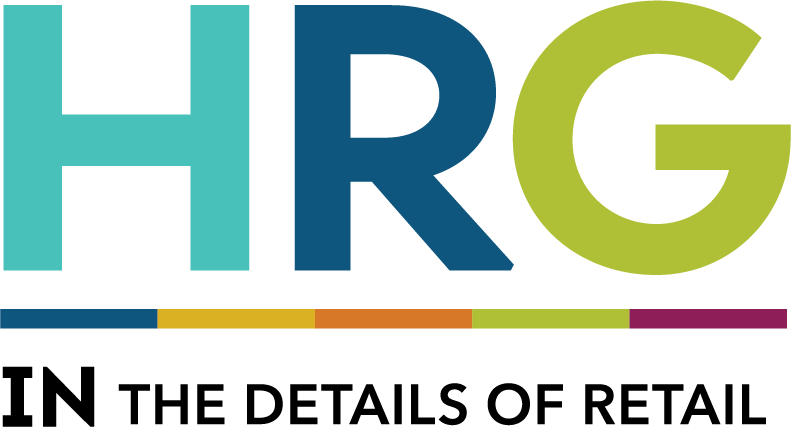By Julie Bonnell, vice president operations, as seen in Mass Market Retailers
As the focus on e-commerce has been heightened the past few years, manufacturers and retailers have, in many cases, invested in their websites. In some cases, functionality needed streamlining, in others, content needed updating and/or improvement, and in others still, e-commerce had to be added.
 Protecting brand integrity online is an ongoing effort for both retailers and manufacturers. Current, attractive, scalable images and robust, consumer-focused product descriptions with strategic keywords and important attributes can make for a smooth sale. Ensuring quality images and descriptions across platforms can be the challenge. And while many sites seem to have the same criteria, often there are limits on content details that need to be considered. Manufacturers who take control of their own product content can establish and protect their source of truth.
Protecting brand integrity online is an ongoing effort for both retailers and manufacturers. Current, attractive, scalable images and robust, consumer-focused product descriptions with strategic keywords and important attributes can make for a smooth sale. Ensuring quality images and descriptions across platforms can be the challenge. And while many sites seem to have the same criteria, often there are limits on content details that need to be considered. Manufacturers who take control of their own product content can establish and protect their source of truth.
What do I mean by source of truth? It’s the established and manufacturer-approved item description, attributes and images — package, out-of-package, in use, beauty shots, primary image and more — meant for any number of uses, such as e-commerce sites; social, corporate and consumer websites; and print or digital marketing and promotional materials. Whenever product content is requested — whether internally or externally — having a source of truth ensures that the most current, accurate and favorable content is consistently provided wherever it may used.
There has always been concern about the experience at shelf not presenting a brand in the best possible light. In the digital shopping experience, the variables are even more complicated, and the consumer engagement time with products is even less. Thus, the nuances of the source of truth can make or break the online experience. Having consistent messaging to describe products is critical. From the item description to the prioritization of key features, these crucial pieces of content should be thoughtfully chosen to provide the most accurate representation of your product. If you don’t establish these, but rather leave it to partners, the attributes that are your product differentiators may not be included. Even worse, your product will be misrepresented.
Item images also play a critical role. Left to chance, your primary view could be up-to-date but the ingredient panel isn’t. Or a lifestyle shot important to understanding the value of the item is not included. Worse, what if your brand is inconsistently presented — a mix of old and new package panels and/or accompanying shots — what does this suggest to the consumer you are trying to build a relationship with?
Ironically, making the decision and even starting the journey to establish the source of truth is not the hard part — it’s down the road after the product has had success and is featured in multiple outlets and platforms. Maintaining product content and ensuring it represents your products as they are today, not a year ago, can be a coordination nightmare, especially when it comes to online entities. Making sure the content meets the specific site needs while ensuring attributes are not changed or, worse, not updated at all, can be time consuming to keep up with. It takes disciplined project management to stay on top of the changes being incorporated by retail partners. You need to know when they reassess their criteria and if they introduce new content types you can add. If you don’t have the resources internally to manage this, enlist a trusted third party to oversee these assets to guarantee brand integrity in the multitude of use cases for the content.
What I’ve described is a fair amount of work that may not feel like it’s core to your mission, however, understanding the impact your product content has is crucial for being able to capture sales in this ever-evolving retail landscape. Deciding who “owns” the source of truth in your company is also a big decision. Is it a sales function? What about marketing? Or is it an operational responsibility? Each area will bring strengths but also need support and partnership from the other two. The good news is that well-managed content is an incredible asset to your sales and marketing efforts, so the time invested is time well spent.
